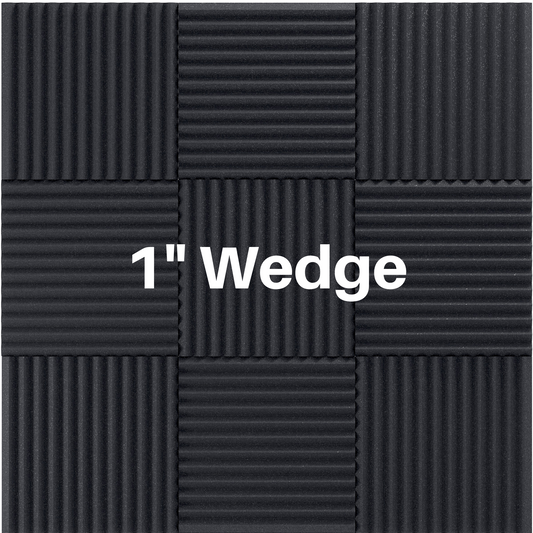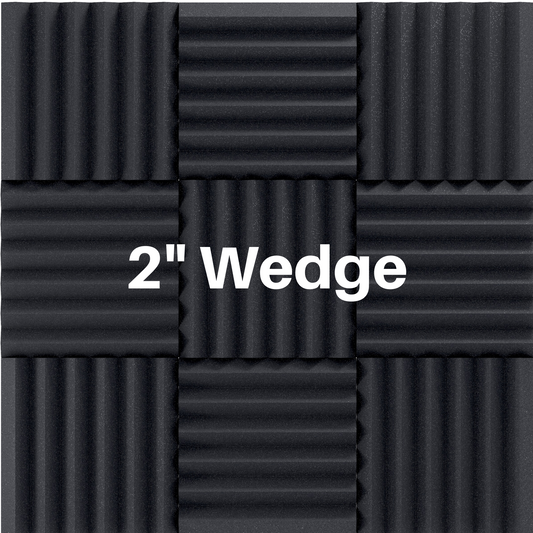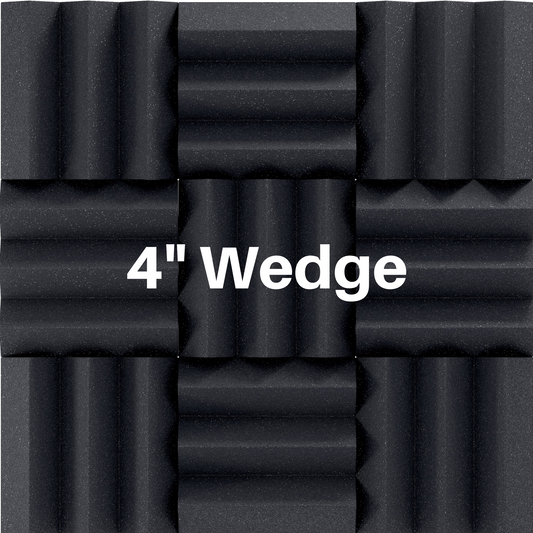How To Calm Sound Sensitivity Using Acoustic Foam To Eliminate Echoes And Lower Reverberation Time
Share
Sound Sensitivity
Marina Kliuchko of the Cognitive Brain Research Unit at the Institute of Behavioural Sciences (University of Helsinki, Finland) and colleagues report that high sensitivity to noise is estimated to affect 12-15% of the population.
Children with Autism Spectrum Disorder (ASD) are more likely to have sensitivity to sound and not outgrow the problem. These children often cover their ears when exposed to certain frequencies or rooms with lively noise like loud classrooms or lunchrooms with lots of commotion.
Noise cancelling headphones and earplugs can provide some relief but should be used with caution so a person does not become dependent on these products. These items can be used when in an environment where loud noises or trigger noises might occur.

Create A Quiet Space
Professionals recommend creating a quiet space for individuals to go to when they become overwhelmed by their sound sensitivities. This space is often at home and can allow the individual to relax or do work without sound interrupting them.
Acoustic foam is a great treatment for quiet space rooms. Acoustic panels will absorb unwanted echoes and decrease the overall sound energy in the room by decreasing the reverberation time. This will create a dry sounding room rather than one that is booming with echoes and sound energy.
One thing to keep in mind is that foam panels will not will not stop all outside noise from coming in. For example, if you live in a big city and want to block the traffic noise from coming into your apartment then acoustic foam will not get the job done. For this case you would need to explore ways to block sound rather than absorb sound. This often involves construction like de-coupling walls or adding another layer of drywall with green glue in between to create a soundproofing layer.
If you do not need to block outside noise then acoustic foam is perfect for dampening the sound waves in a room and creating a pleasant calming environment.

How Does Acoustic Foam Work?
Acoustic foam is a soft porous material that absorbs sound waves by turning the sound waves into heat by friction. This basically means that acoustic foam panels will absorb sound waves rather than sound bouncing off the walls and ceiling.


How Much Acoustic Foam Do You Need?
The amount of acoustic foam you need depends on the size of your room. We have created this easy acoustic foam room calculator for you.
For creating a quiet space for noise sensitivity we recommend a heavy acoustic treatment of 25-35% coverage.
Use the 2 inch thick, 3 inch thick, or 4 inch thick panels for best results!
Where To Place Your Acoustic Foam
Mount the acoustic foam panels on the walls and ceiling. Click here for instructions on how to mount acoustic panels.
Walls
- Place acoustic foam in the top 50% area of the wall. No need to cover the whole wall.
- Stagger panels on opposing walls.

Ceiling
If the room has hard flooring then placing panels on the ceiling is a good idea. If there is thick carpet in the room you may not need panels on the ceiling.
Mount the panels on the ceiling above the area where the individual will be spending time. For example, place the panels above the chair at a desk or above the bed.
Another cool technique is to mount the acoustic foam to a piece of plywood, thick cardboard, coroplast, or white boards with adhesive. Then, rest or hang the assembled panel on the wall. This not only saves your walls but it also gives you the freedom to move the panels around for sound testing or take them with you when you move.

If you need advice on your room please contact us or fill our our FREE room analysis form!
Click Here to SHOP Acoustic Foam
Read more:





